An interactive exhibition and Museum Educator Graduate Scholars project at The Art Institute of Chicago.
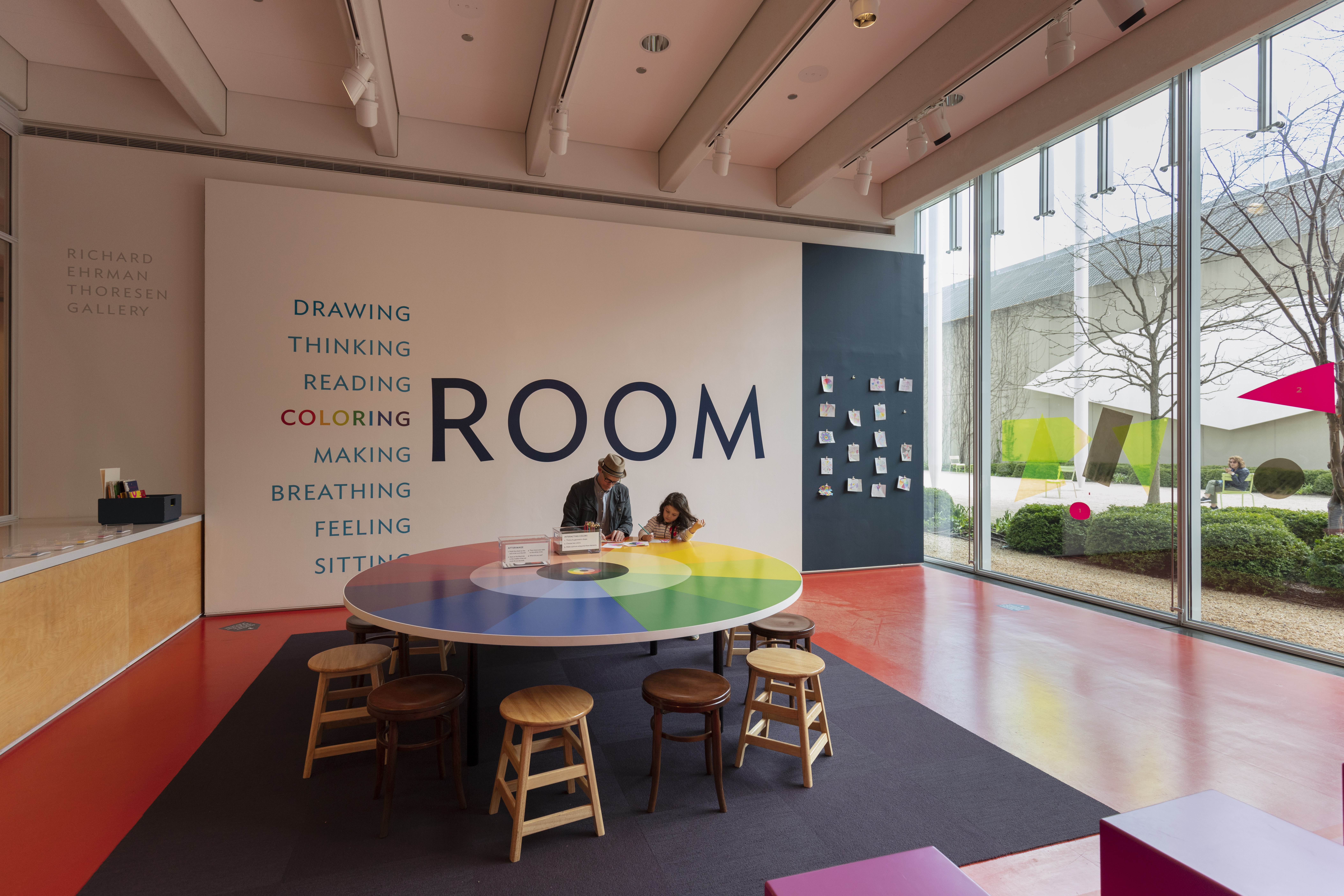

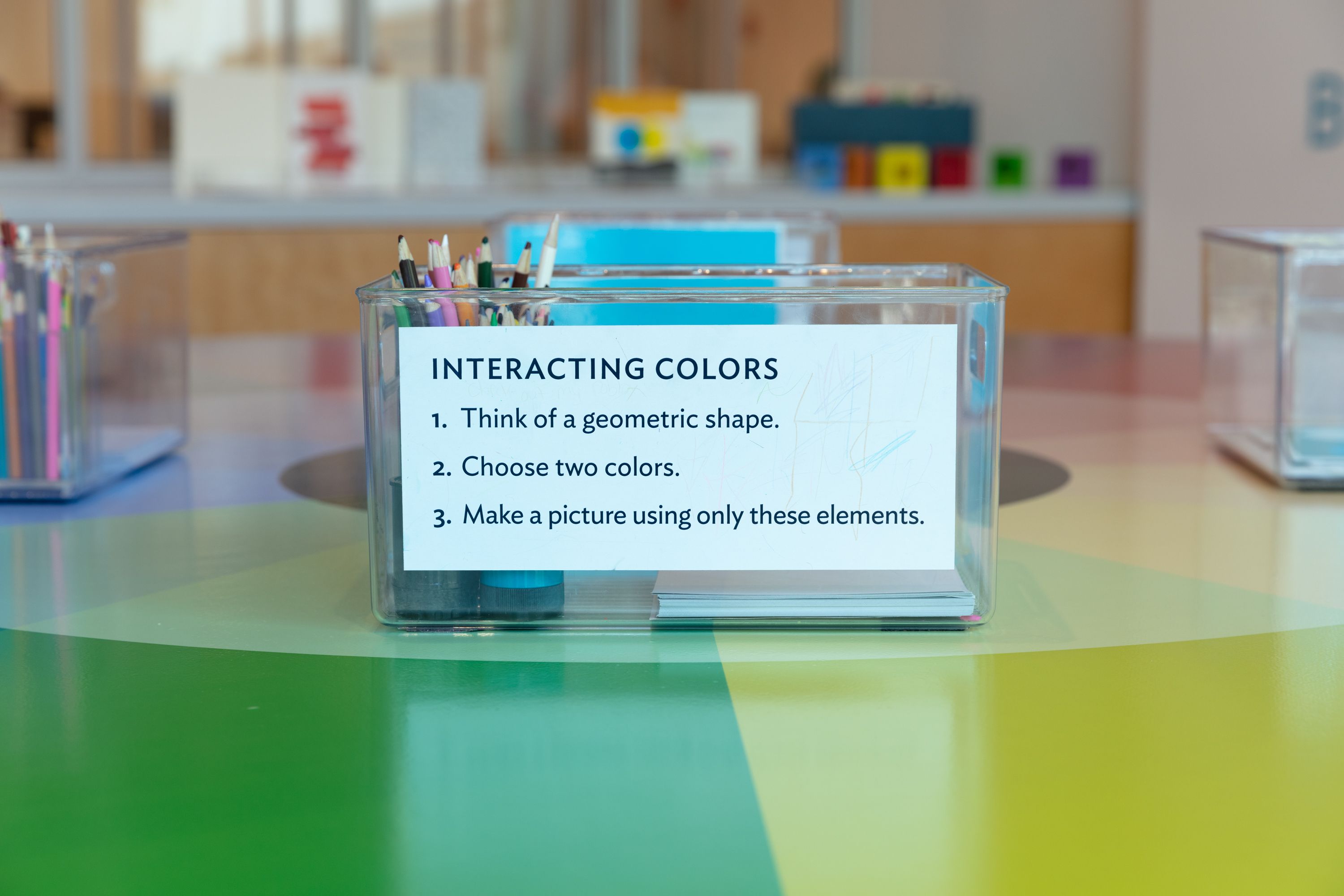
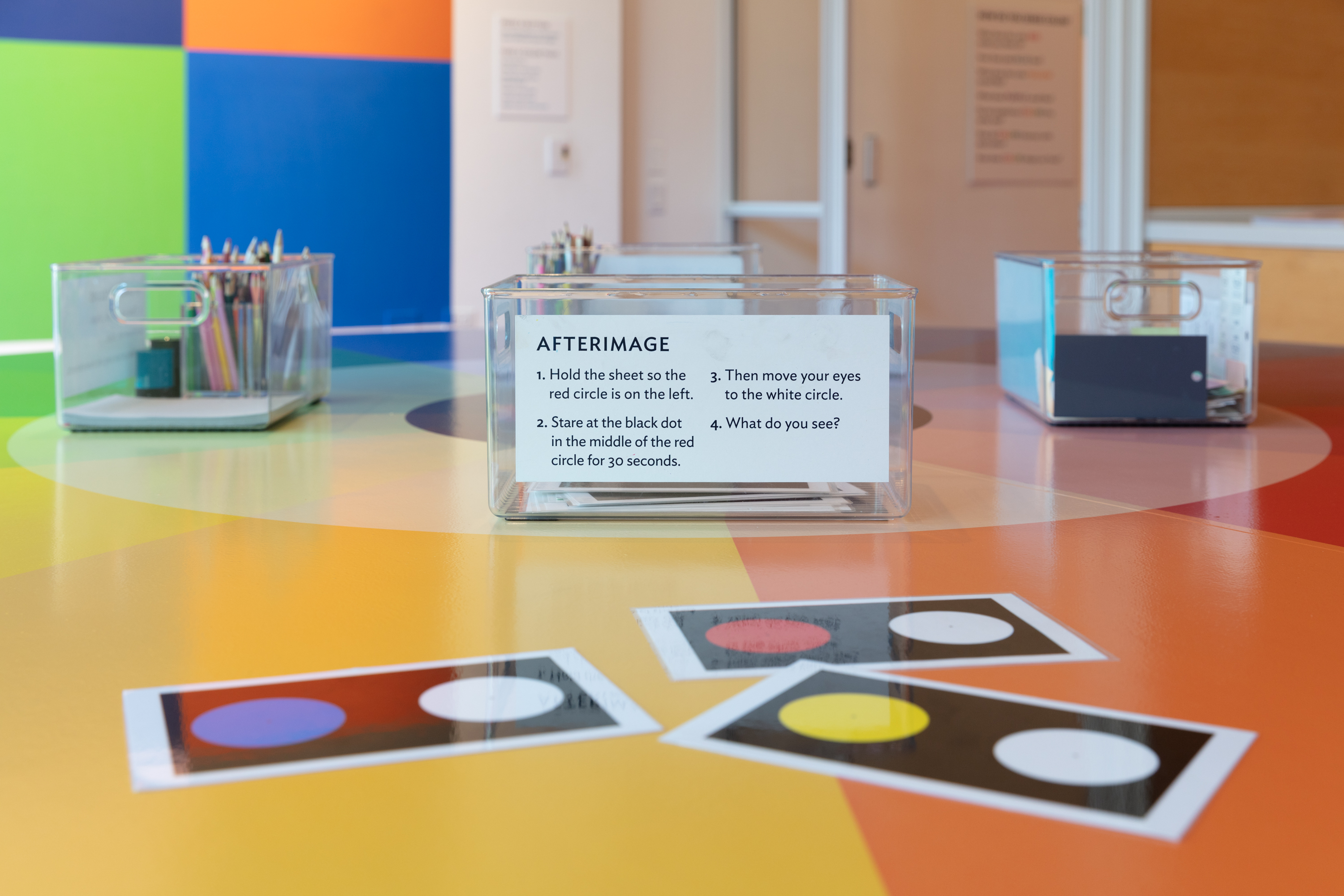
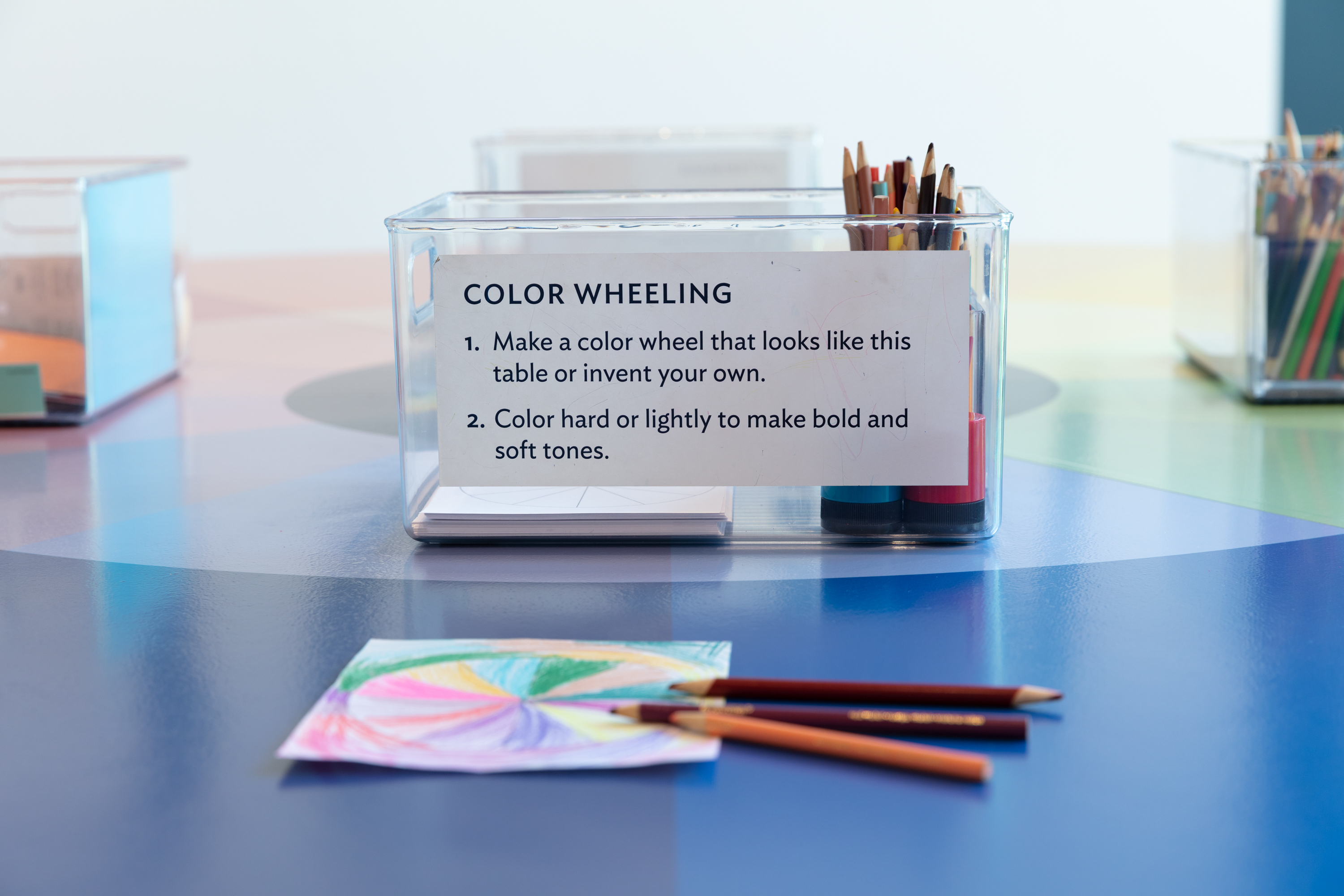

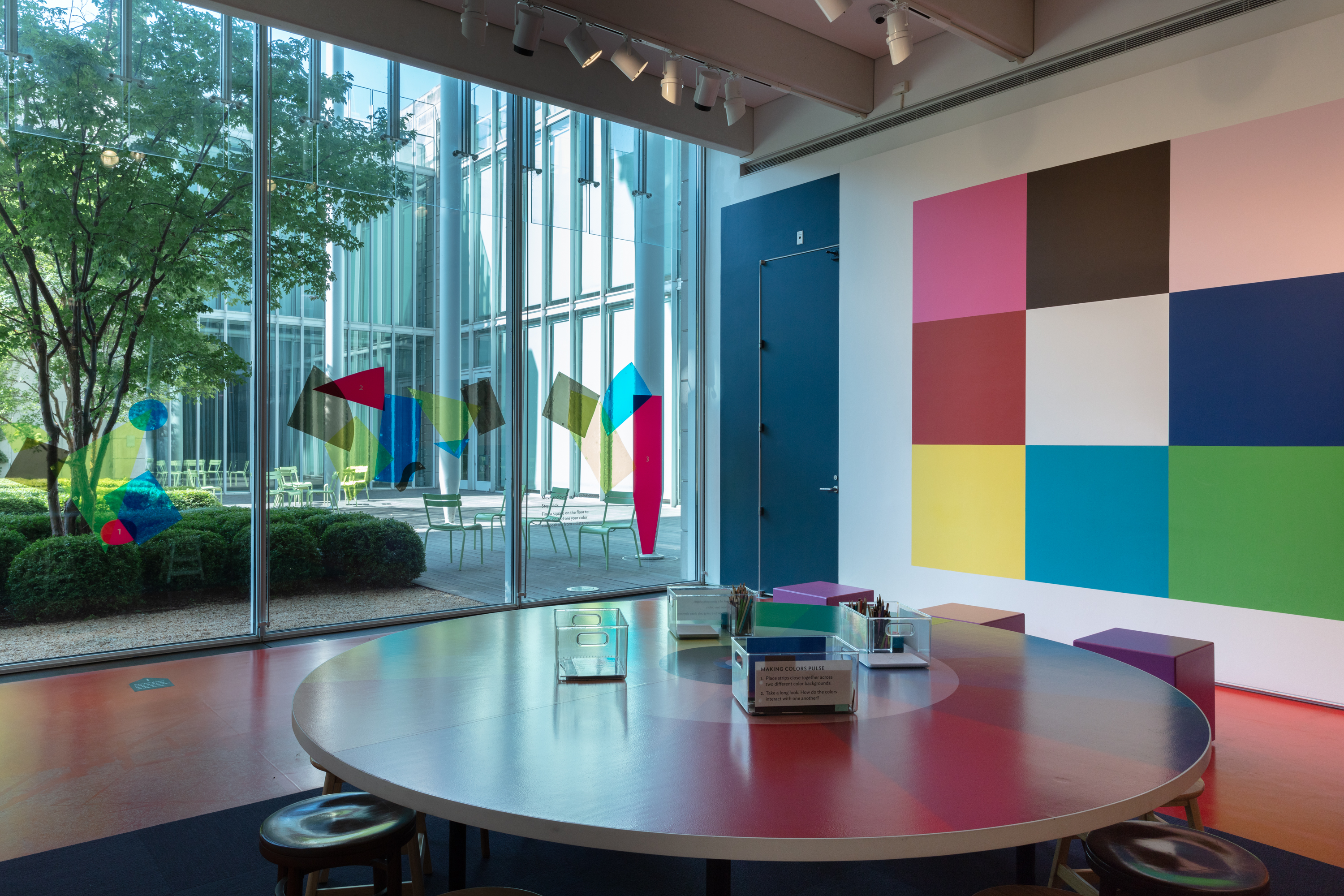
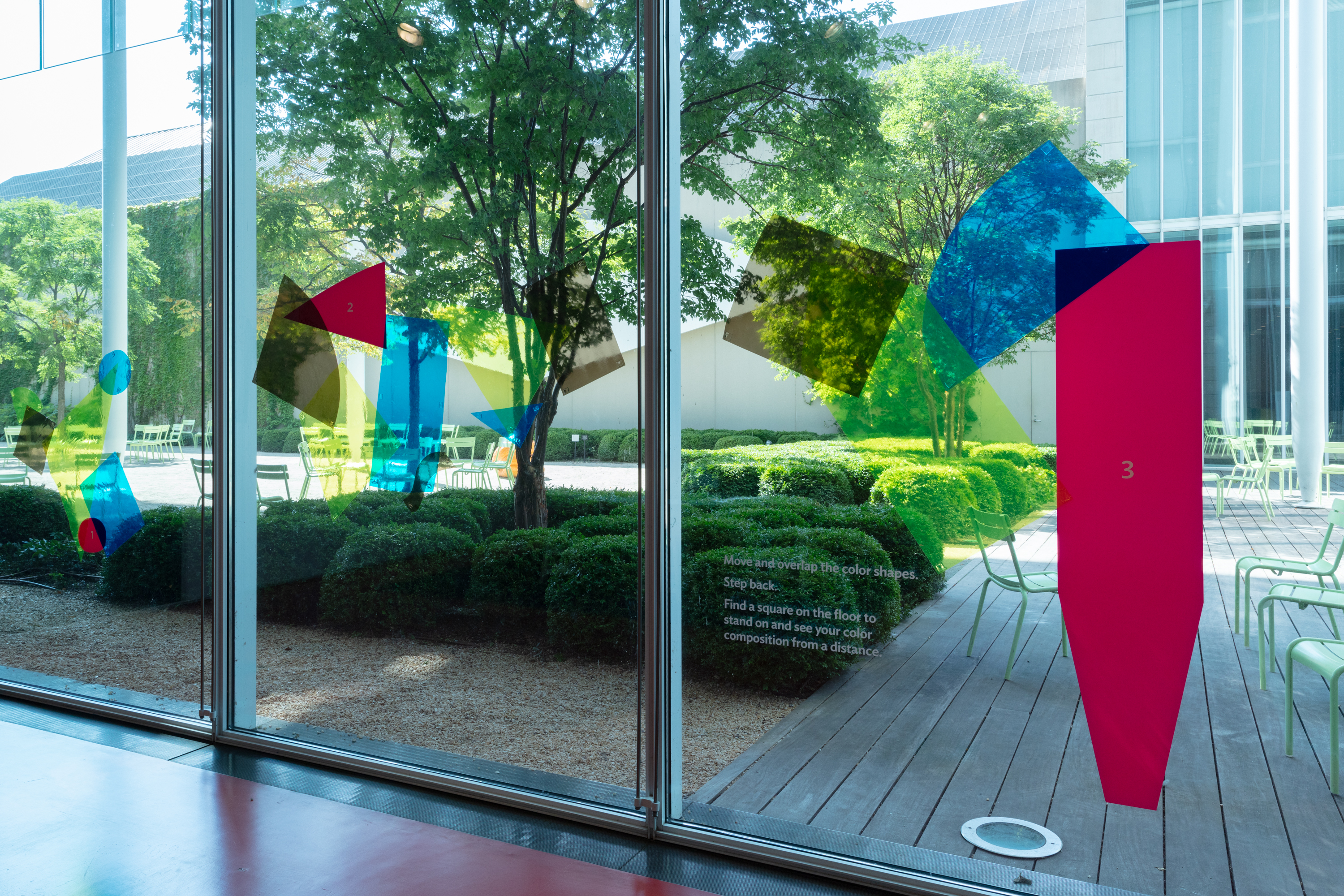
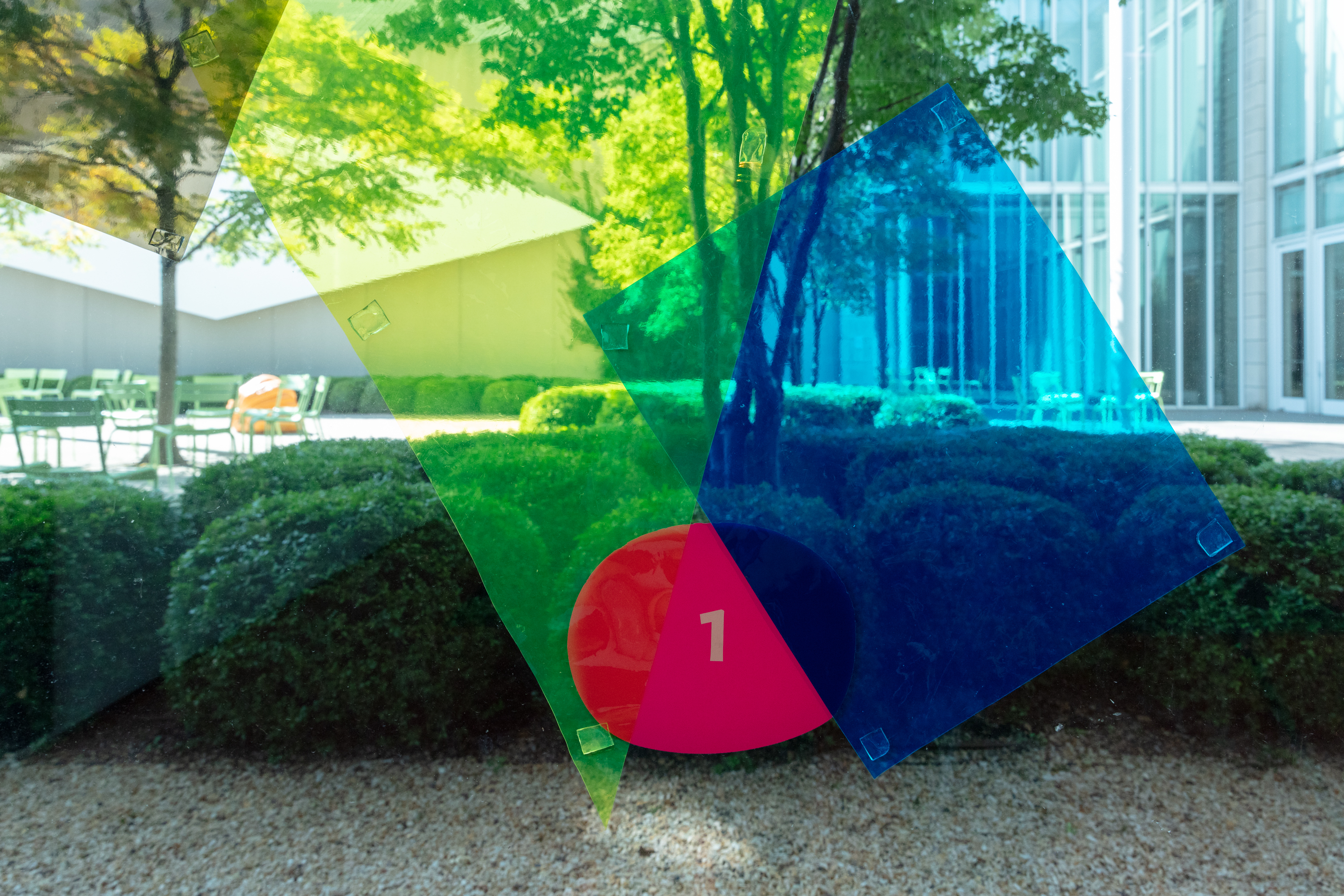
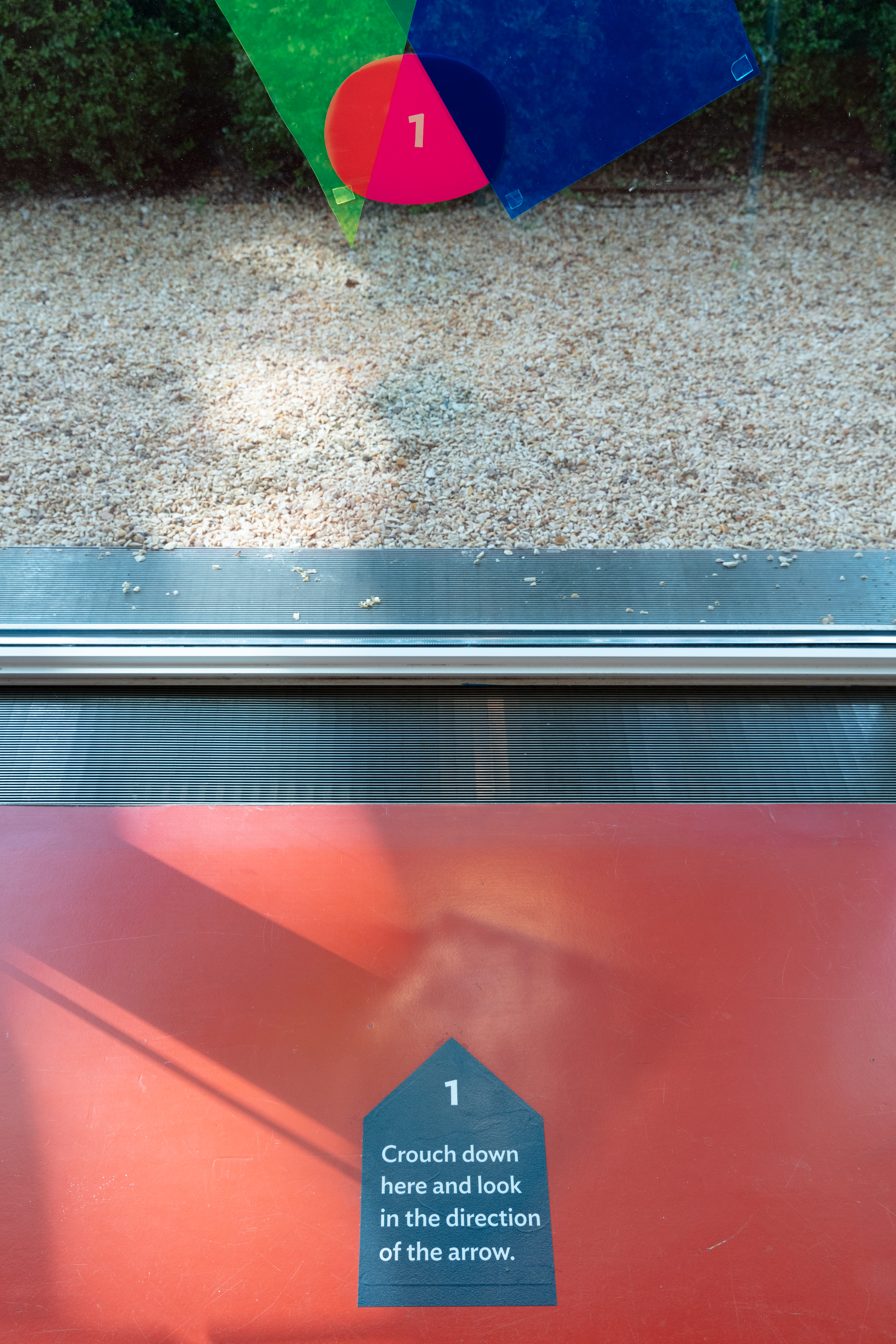
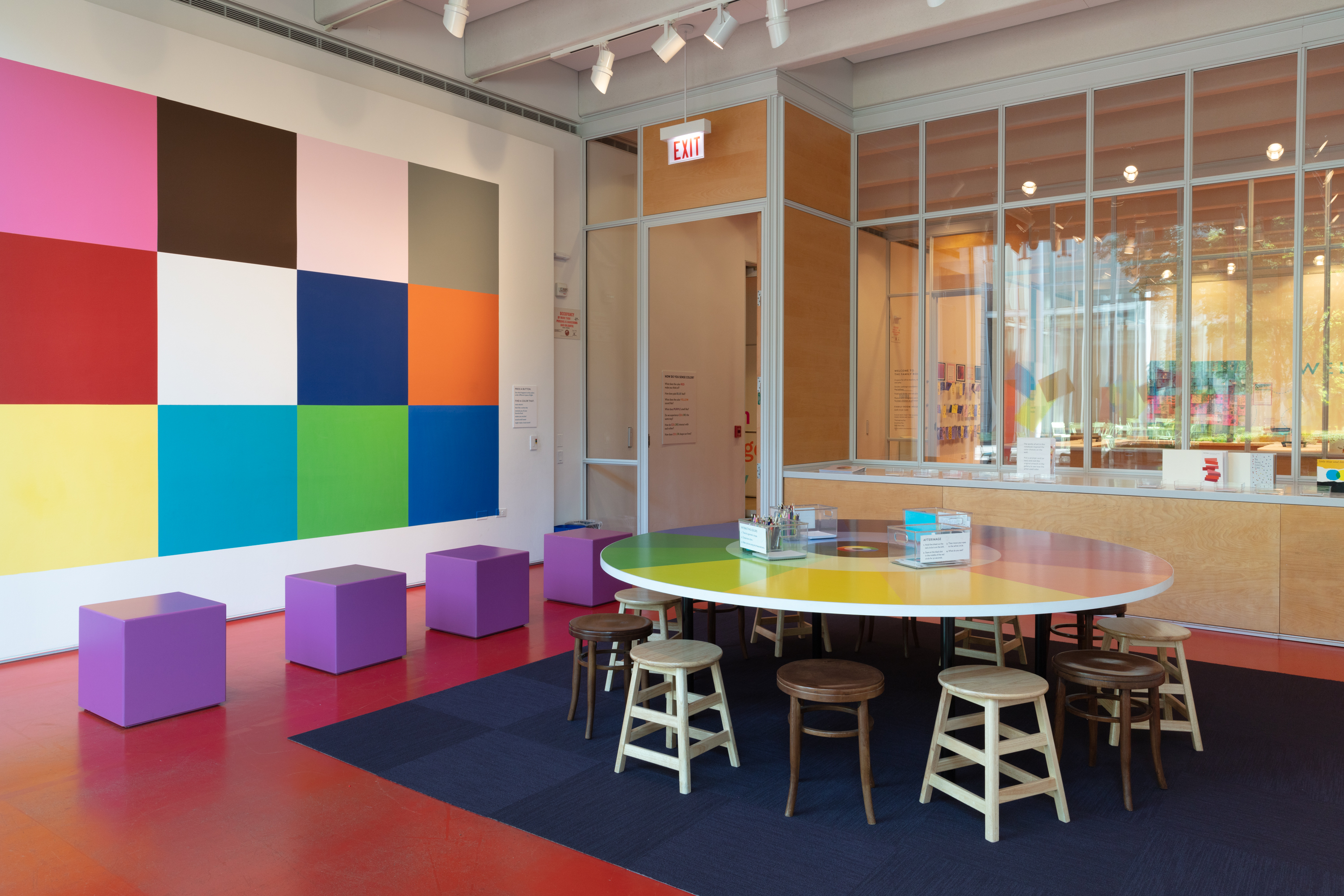
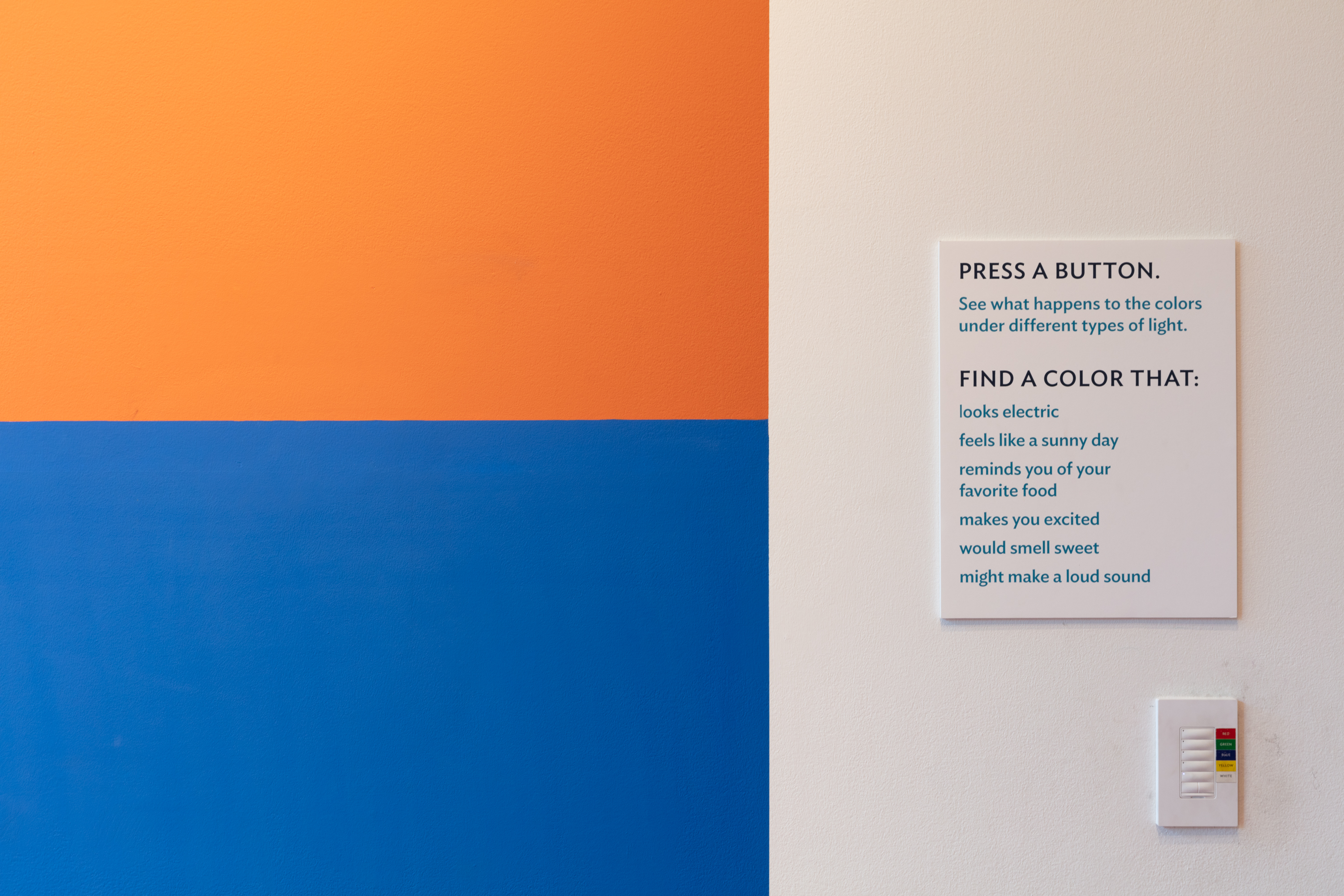
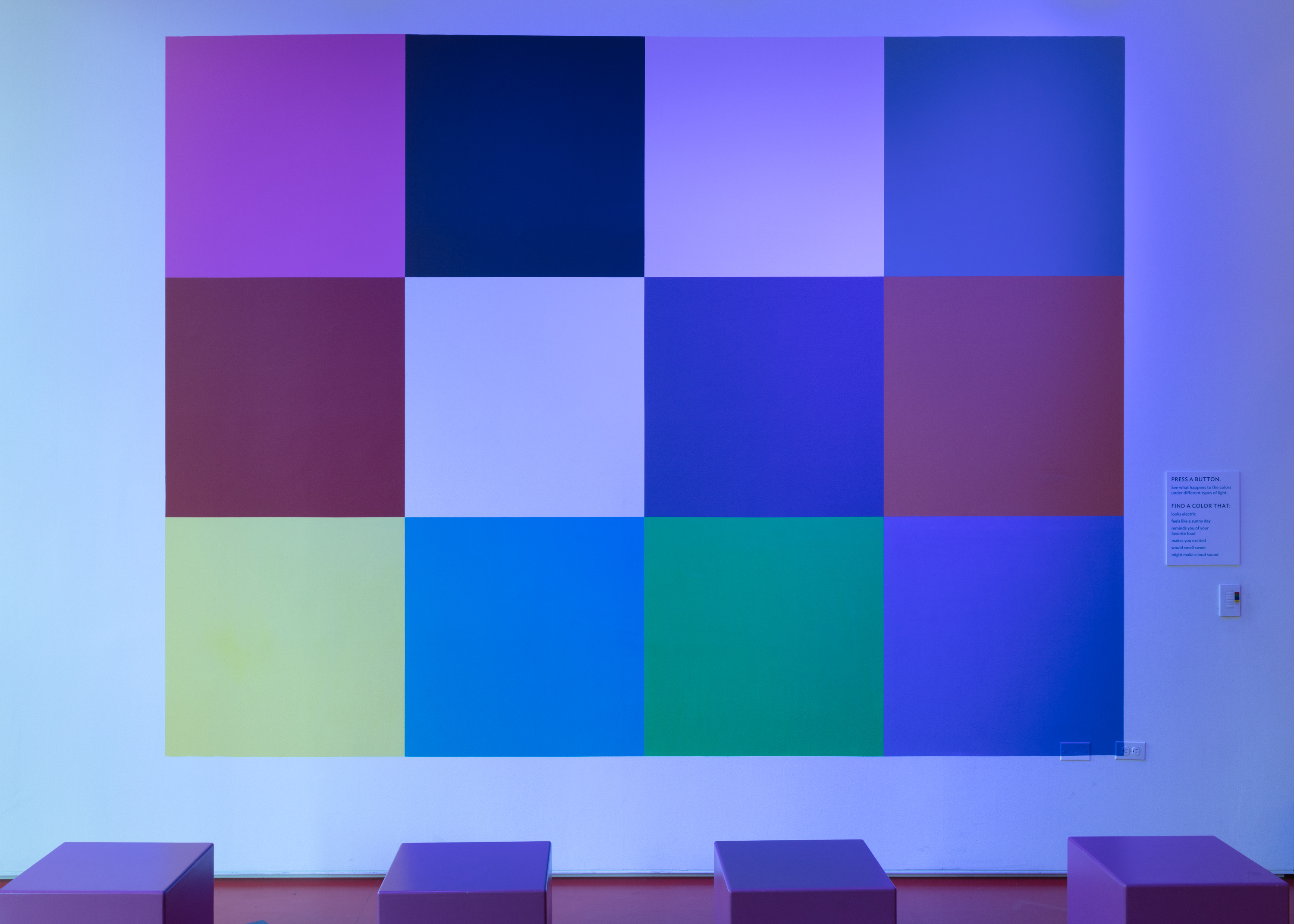
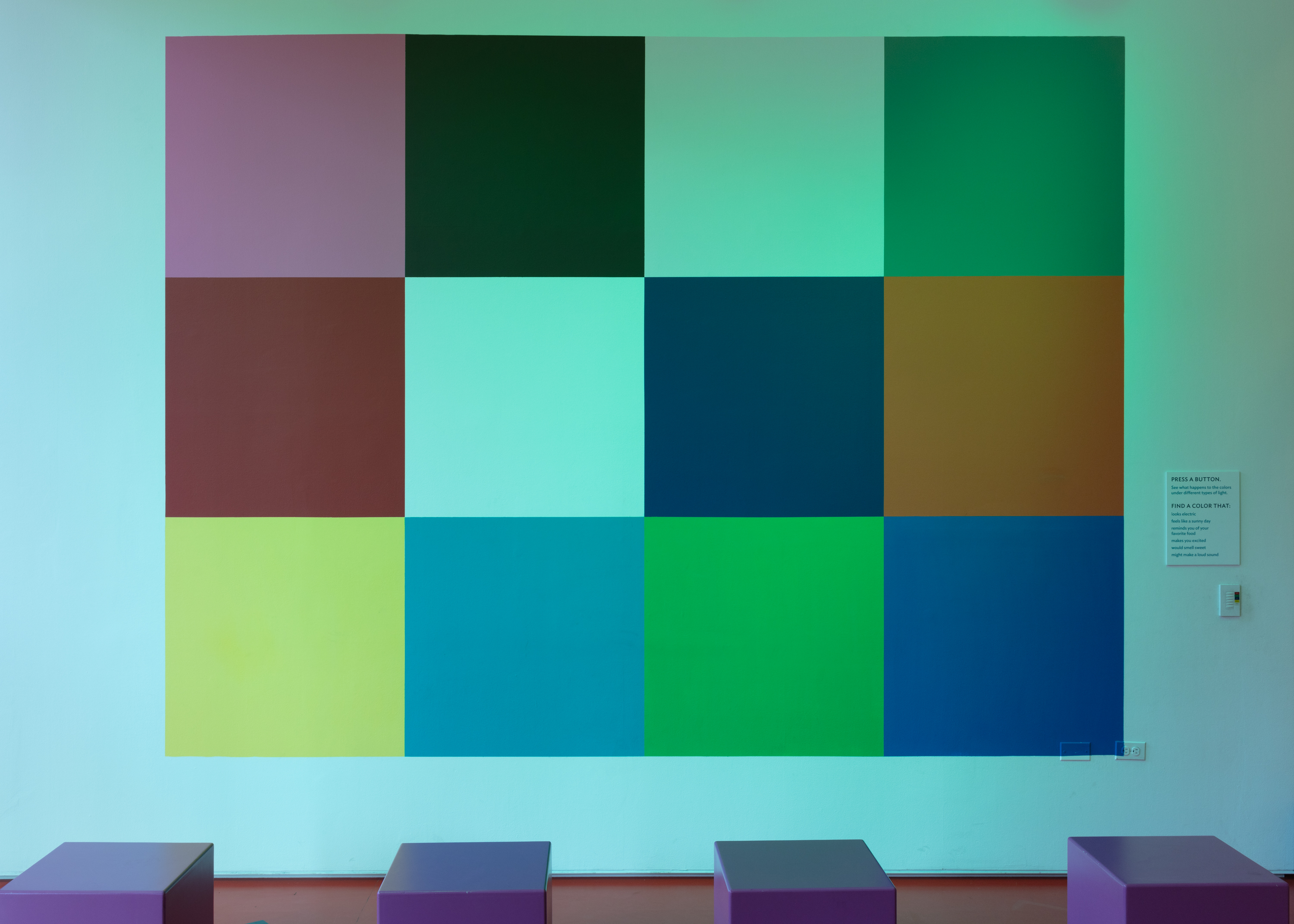
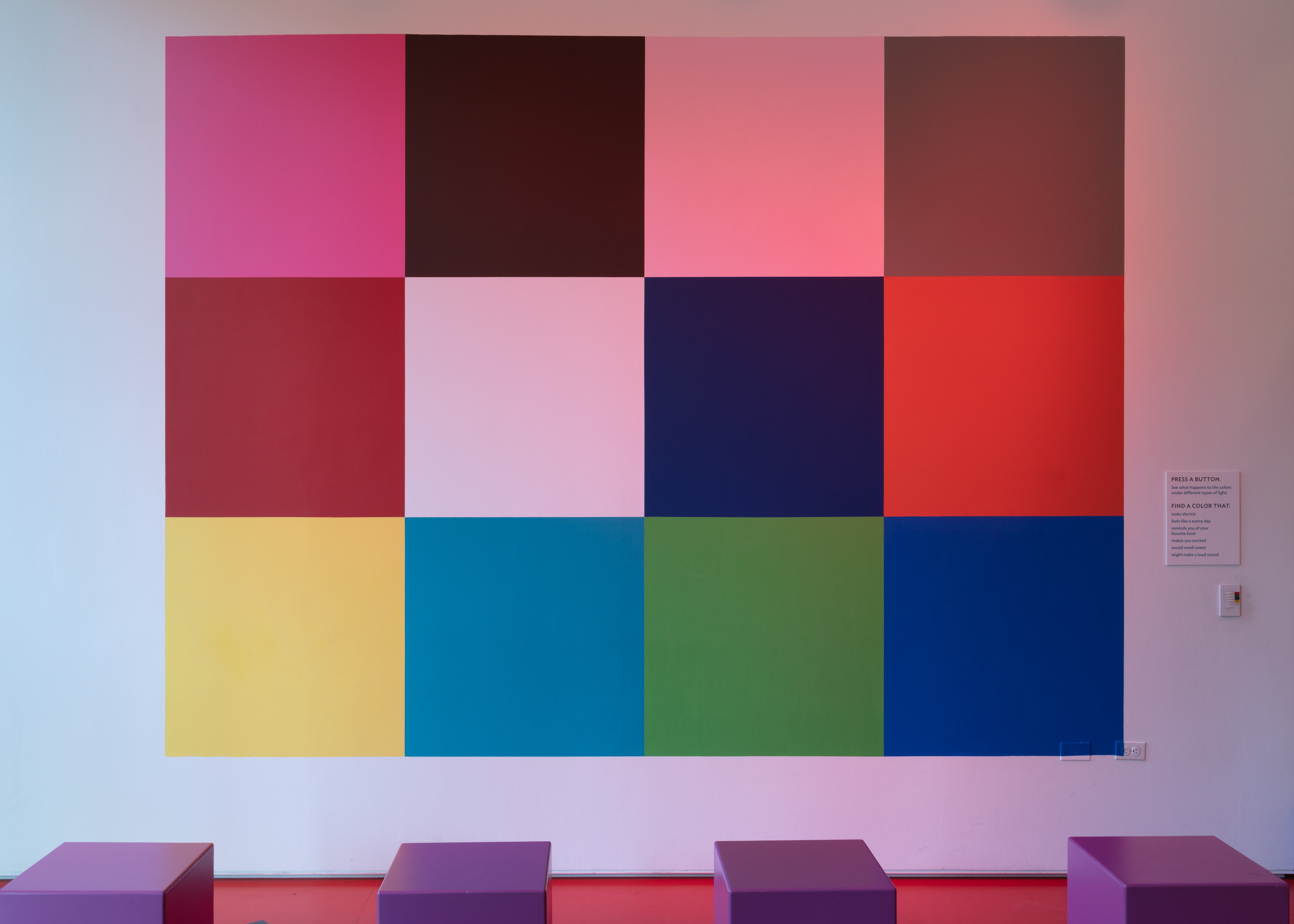
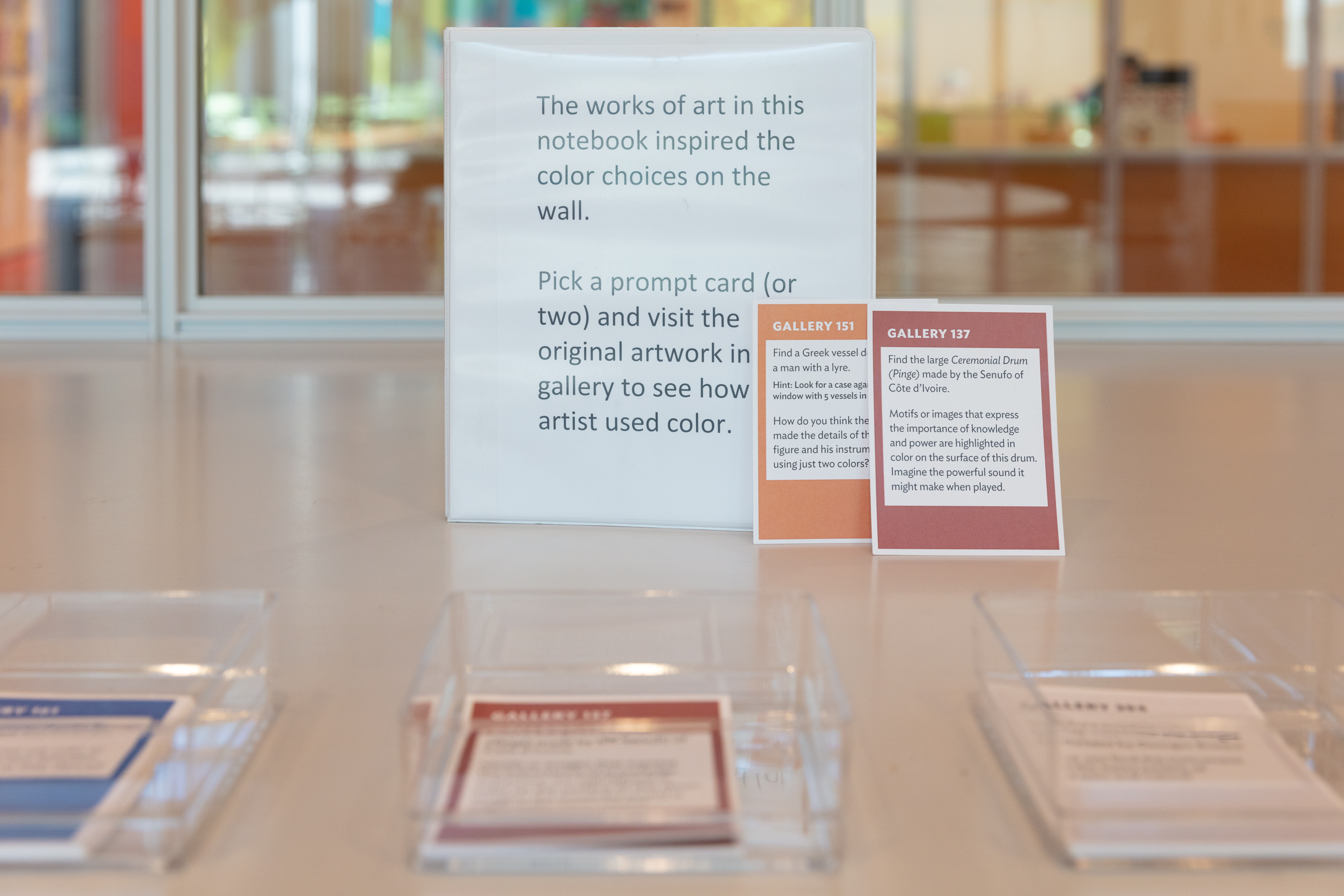
How can sensory focused experiences expand visitors’ sense of belonging and participation in an art institution? My objective was to build a methodology for creating interactive, unfacilitated, informal learning environments in the Art Institute of Chicago’s Interactive Gallery. “Coloring Room” was the third in a series of pop-up exhibitions designed for multi-modal and collaborative play between both families and strangers. Museum educators used the pop-up exhibitions as platforms to evaluate the visitor engagement with art concepts, the museum’s collection, and interpersonal skills in the museum. Evaluations were a self-reflective practice on how the museum serves its audience. In light of this, I looked to Katherine Kuh, an AIC educator and curator between 1944-1959, and her interactions with pedagogically minded artists and architects such as Mies Van der Rohe and Josef Albers. Alber’s text Interaction of Colors became the basis for Coloring Room activities and underlying principles. Broadly, color theory acted as a conceit to generate qualities of difference via perception and social interaction.
Thank you to Mary Erbach, Robin Schnur, Nenette Luarca-Shoaf, Kerri Callahan, and Juneer Kibria
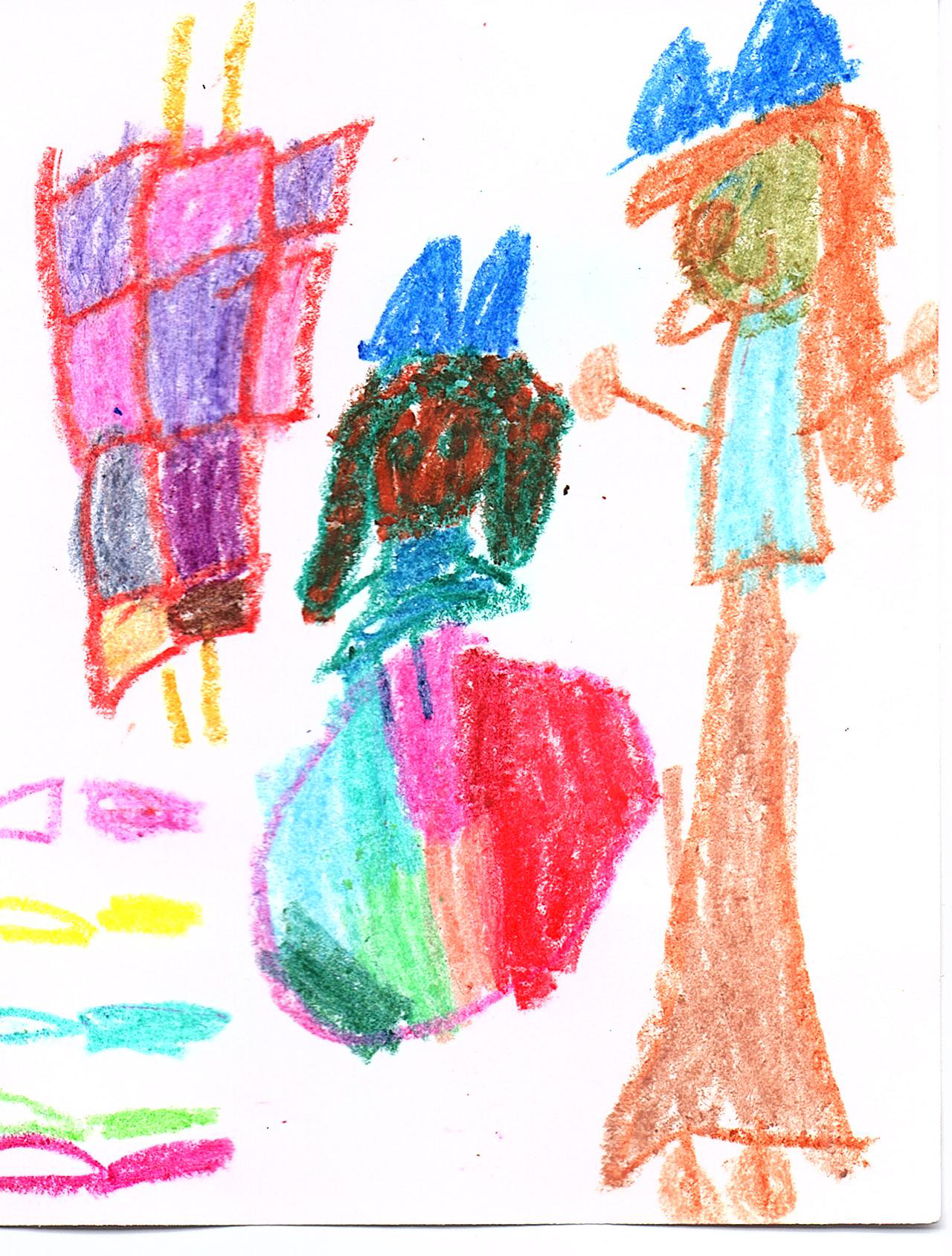
Illustration of “Coloring Room” by visitor Clementine Luarca – Shoaf, age five
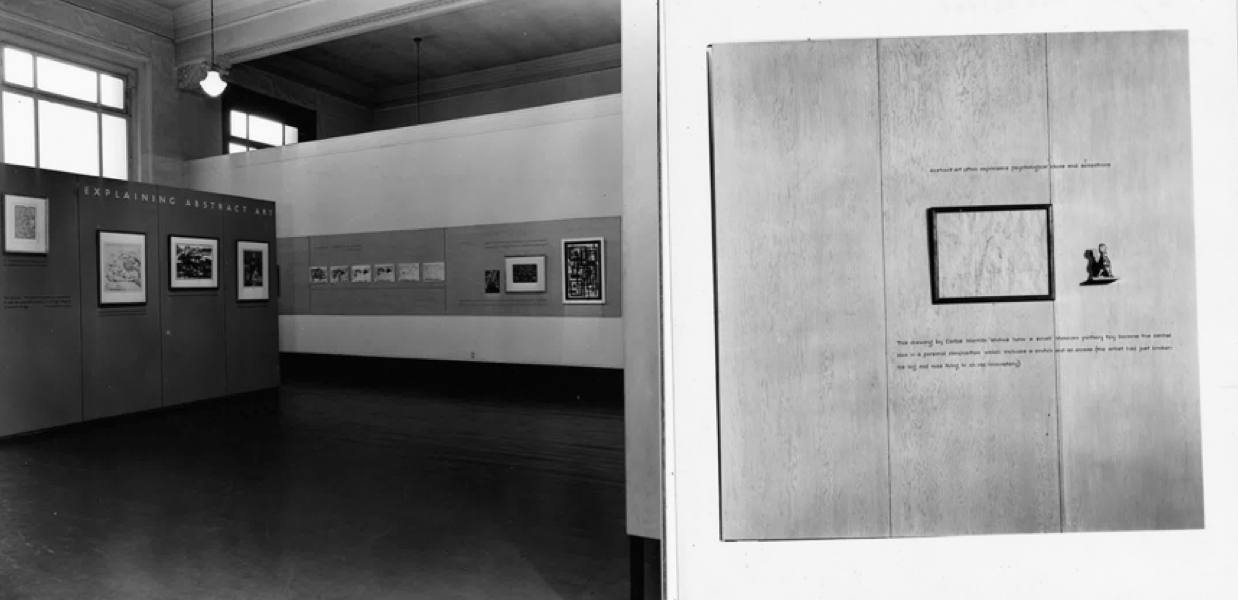
Gallery of Art Interpretation Katherine Kuh Exhibitions “Explaining Abstract Art” and “Line, Shape, and Form”
Addressing Accessibility
Coloring Room: a social story
A social story is a narrative device used for autistic visitors to help anticipate their visit. However, a social story works for anyone. Included in the following guide is a visual checklist, and other materials into a guide for “Coloring Room. Cognitive “pre-play” as studied in neurology shows that it’s a common occurrence for brains to make a “horizon of expectations” before an event. Managing expectations is a strategy taken up by the museum at large through messaging from departments spanning across the institution – from education to development. The goal is for museum-goers to find practical access and emotional belonging to concepts, histories, artworks, spaces, and communities that the museum gathers.